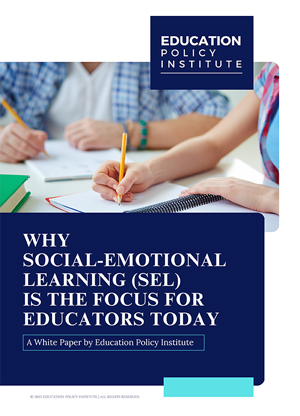The centuries-old model of admitting 18-year-olds to universities and then sending them out for lifelong careers is going out of relevance. Students and parents are questioning the skyrocketing tuition rates of degree programs and not nearly enough returns. And companies are not mandating degrees for jobs as a basic prerequisite. The demands are changing.
Traditional degree structure poses an existential threat to universities and colleges. Taking their place are shorter-form courses and online learning as the “new education pathways.” Students and employers are asking for – shorter, cheaper, flexible, and more accessible education options that can prepare them for the future.
This is an opportunity for public and private sector leaders to recreate the “idea of university,” reset education, and co-design a system that delivers on the industry’s expectations as well as student needs.
New education pathways must
- Ensure that while the programs might be short, the quality is not compromised.
- Use new technologies to make learning effective, easy, and accessible.
- Improve professional learning component (say, with certification-degree mix).
Many universities and colleges around the world were forced to quickly transition to online learning, challenging traditional methods of instruction.
- Remote Learning: This became the norm for many institutions, at least for part of the academic year. This shift accelerated the adoption of digital tools and platforms in education.
- Campus Life: Physical campuses faced challenges with social distancing measures, changes to campus activities, altered residential situations, and concerns about student and staff health.
The long-term effects of the pandemic on higher education, both in terms of operational changes and shifts in perception, were expected to be significant and far-reaching.
Several institutions faced financial challenges due to the pandemic. With reduced student enrollment, cuts in state funding, and additional health and safety costs, many colleges and universities grappled with significant budget shortfalls. The shift to online learning highlighted existing disparities in access to technology and reliable internet. Schools and governments were pressured to address these inequalities to ensure that all students had equal opportunities to learn.
The mental health of students, faculty, and staff became a significant concern. The stresses of the pandemic, combined with the isolation of remote learning and concerns about the future, increased the demand for mental health services on campuses. Restrictions on international travel and changes in visa policies in some countries affected the enrollment and experience of international students, a significant population in many universities.
As students and families assessed the costs of higher education against the backdrop of the pandemic and its economic impact, many began to question the value of a traditional college degree, especially with the rise of online courses and alternative credentialing.
With the challenges presented by the pandemic, there was a growing interest in hybrid learning models, micro-credentials, stackable credentials, and competency-based education. Apart from online platforms for instruction, there was a rising interest in using Artificial Intelligence, Virtual Reality, and Augmented Reality in the educational sector to enhance the learning experience.
To Conclude
The pandemic prompted an urgent focus on research, especially in medicine, virology, and public health. Collaborative efforts, open access to research findings, and the rapid development of vaccines highlighted the critical role of higher education institutions in addressing global challenges.





